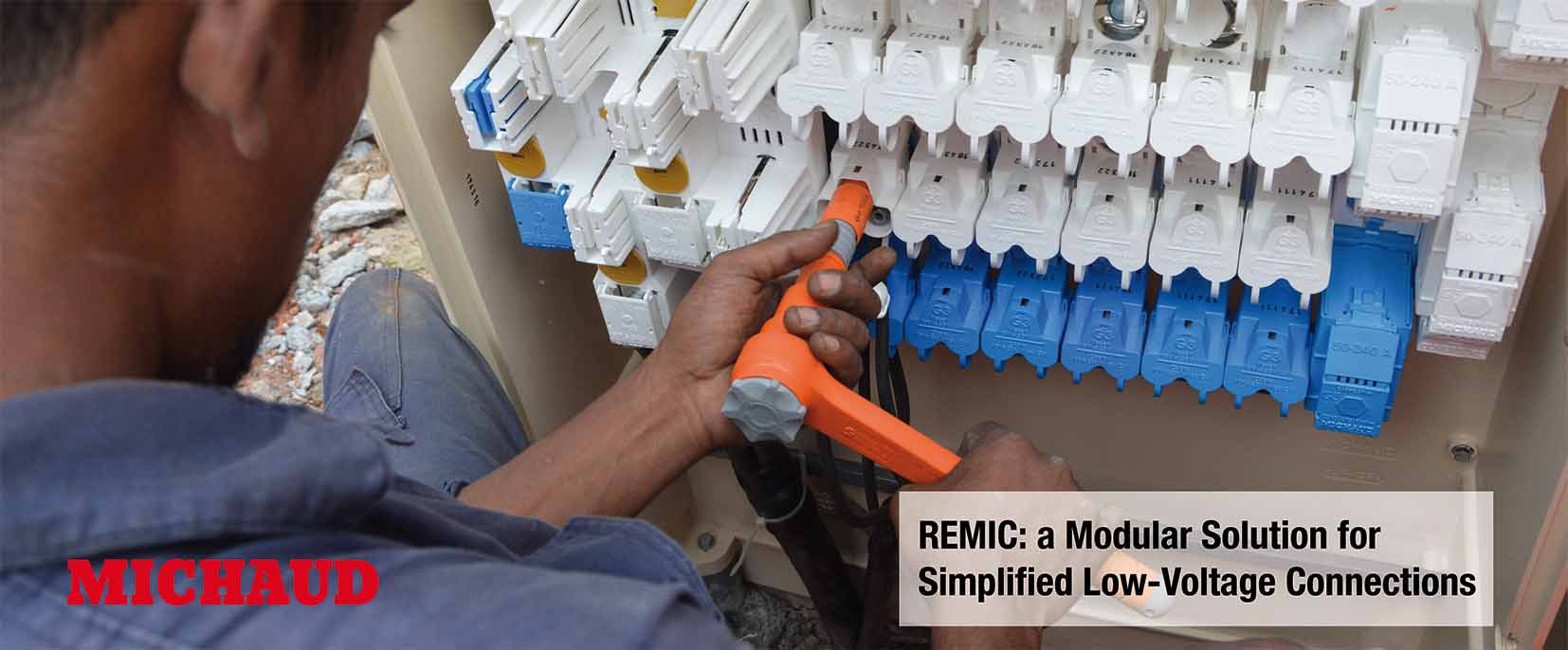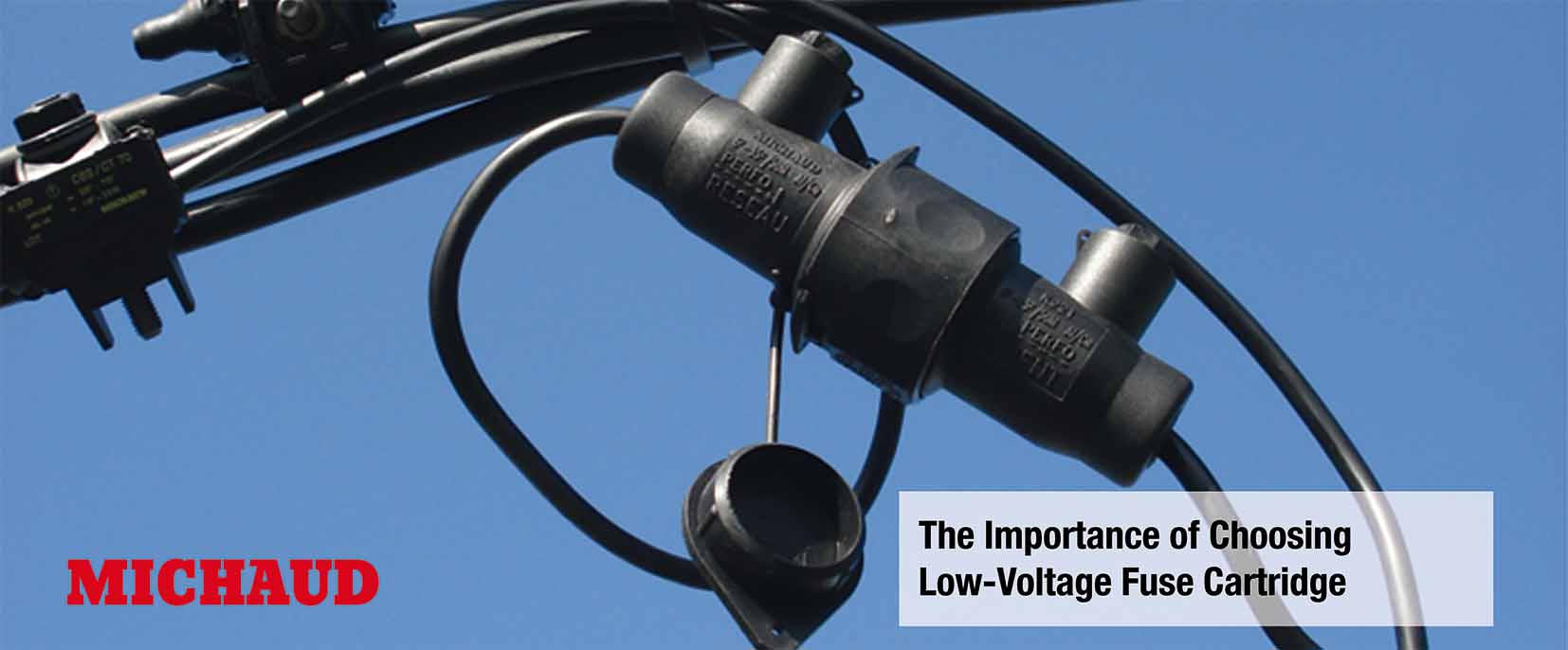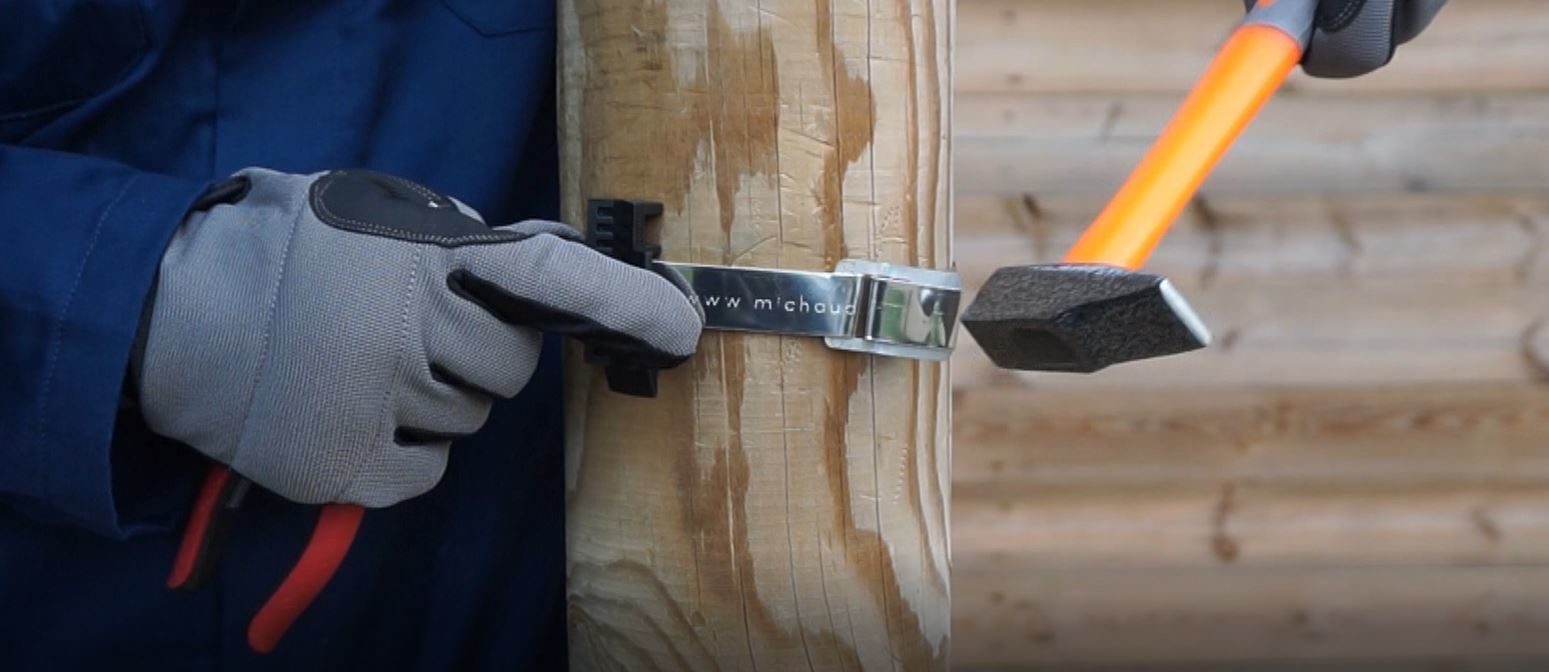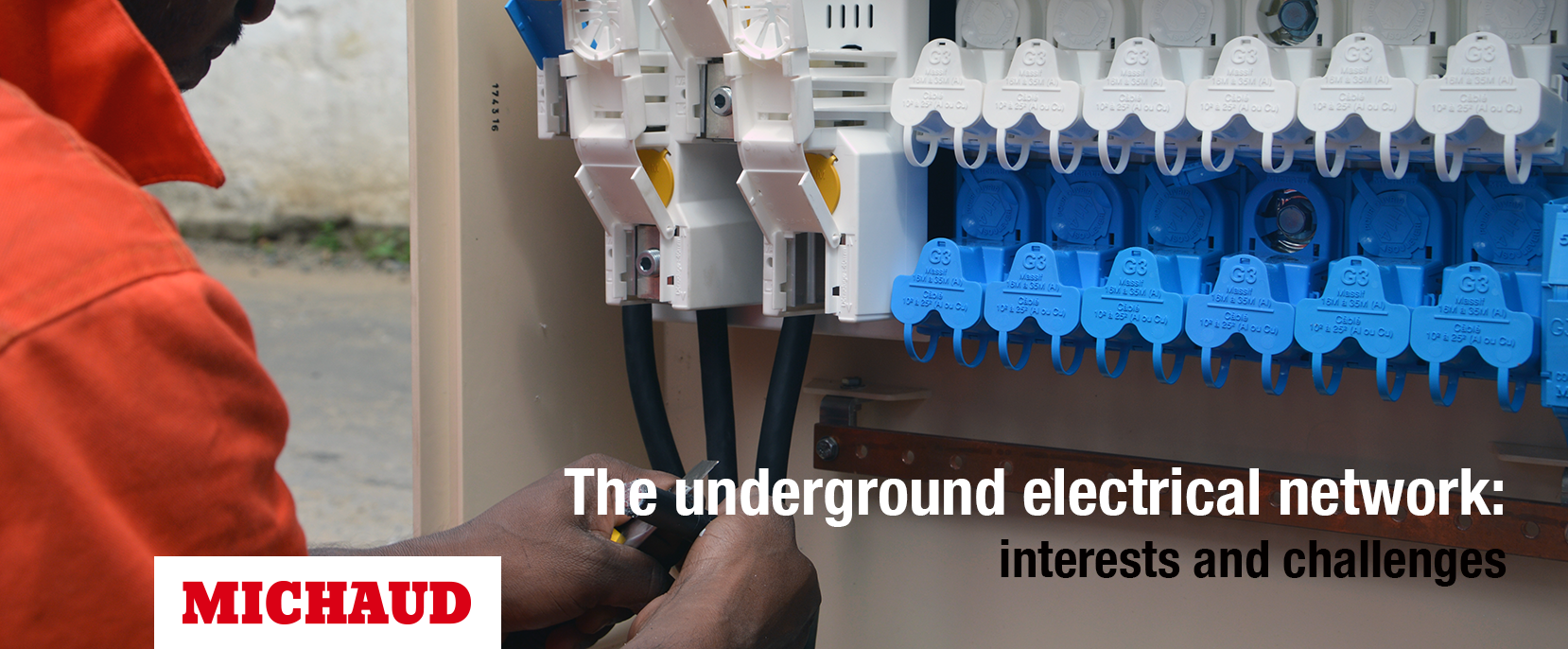
Why choose an underground electrical network?
Burying a power line offers a number of advantages not available with an overhead installation:
- Safety: as the lines are not accessible to the general public, accidents are avoided.
- Greater reliability of the distribution network: under the ground, the lines are not subject to bad weather and other meteorological phenomena. They are protected, and power cuts are very rare.
- Aesthetics: lines are buried and therefore hidden from view. Urban landscapes are gradually being emptied of overhead power lines, often described as unsightly.
The different types of underground installation
There are three types of underground electrical installation:
- Buried : not accessible to the installer from the ground without digging.
- Semi-buried : although the lines are below ground, they are still accessible to the installer via a manhole.
- Emergent : the conductors are buried, but the connections are housed in an enclosure such as an electrical box, making them easily accessible during an intervention.
Buried electrical network
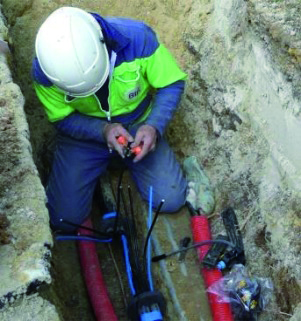
The buried parts of an underground network are segments of power lines on which interventions are rare. This is because they cannot be accessed by fitters from the ground without digging. It is therefore essential to identify in advance which sections of the network can be completely buried.
The lines are protected from the elements, vandalism, road accidents, etc., and can reach the end of their 40-year lifespan.
Semi-buried installations
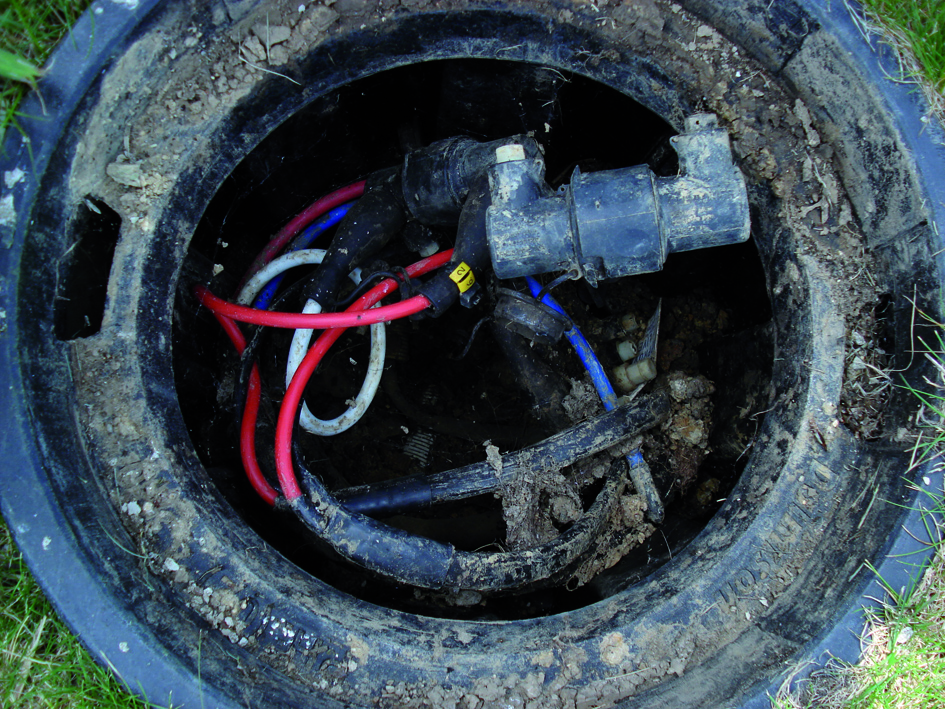
Sections of the network requiring regular servicing can be semi-buried. This means that the connection elements are placed in a manhole, the cover of which can be opened by the installer to gain access. A manhole is hermetically sealed thanks to the sealable cover (which protects it from unwanted tampering). Nevertheless, the components inside must be able to operate in water in the event of flooding or heavy rain.
The main disadvantage of this type of installation is the close proximity of the manhole, which complicates the work of the fitter, who must necessarily be in a crouched position.
Emerging installations
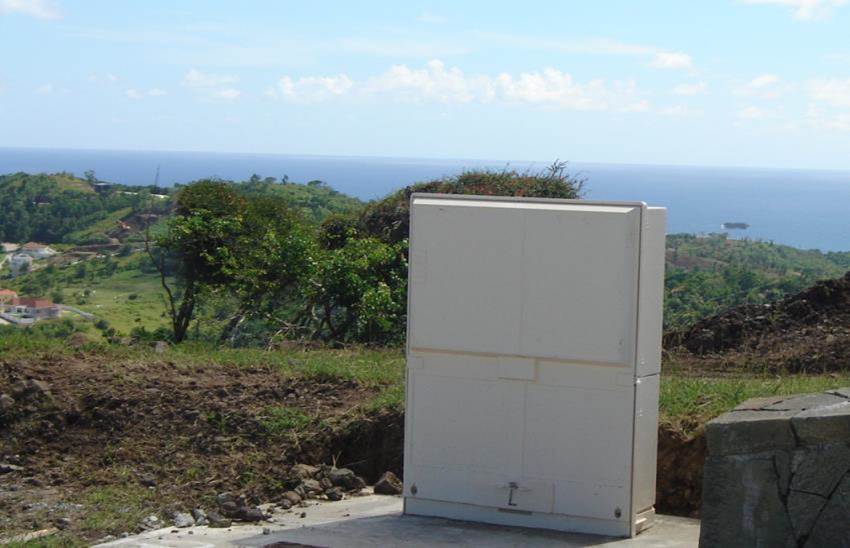
Sections of the network requiring regular servicing can be installed as emergent lines. The lines are brought out of the ground and installed in electrical enclosures. Fitters can then easily access them and work in a standing position. The watertightness required for this type of installation is much lower than for a semi-buried system. However, an above-ground installation presents the same constraints as an overhead network (mechanical protection, UV resistance, aesthetics, etc.).
In conclusion, an electrical network installed underground is certainly more expensive than an overhead electrical installation, but it will be more resistant over time.
The network operator must first identify and define which parts of the network will or will not require regular intervention, in order to be able to combine the different types of underground installations on his network. If this is done correctly at the outset of the project, the network will not require high maintenance costs and will experience few outages.
MICHAUD is an expert in the field, thanks to the experience it has acquired on networks all over the world. We can help you choose your installations and build your system.
